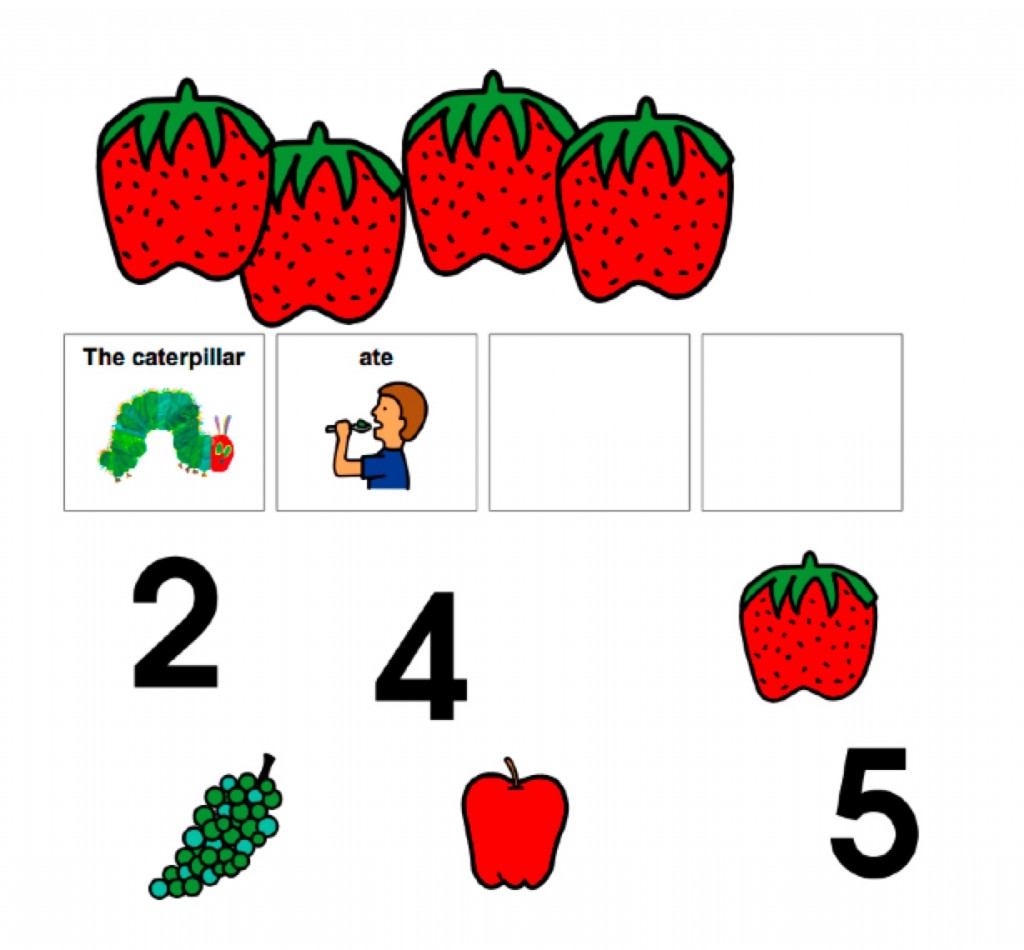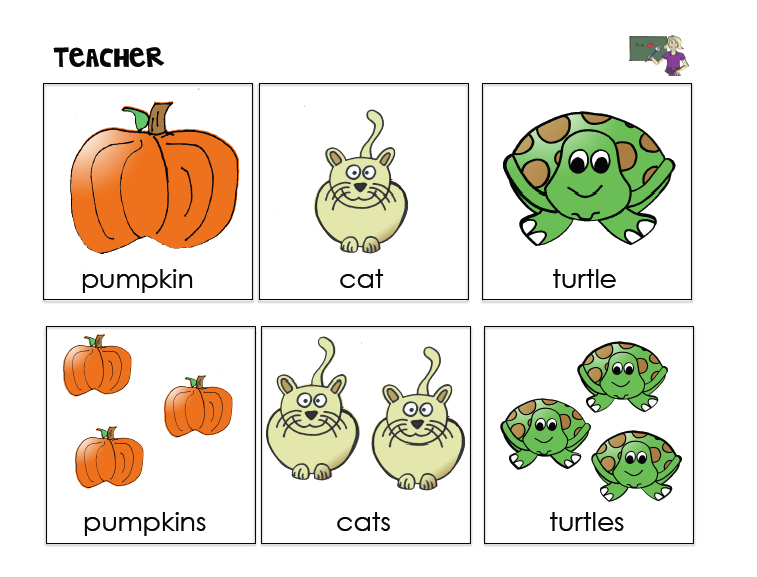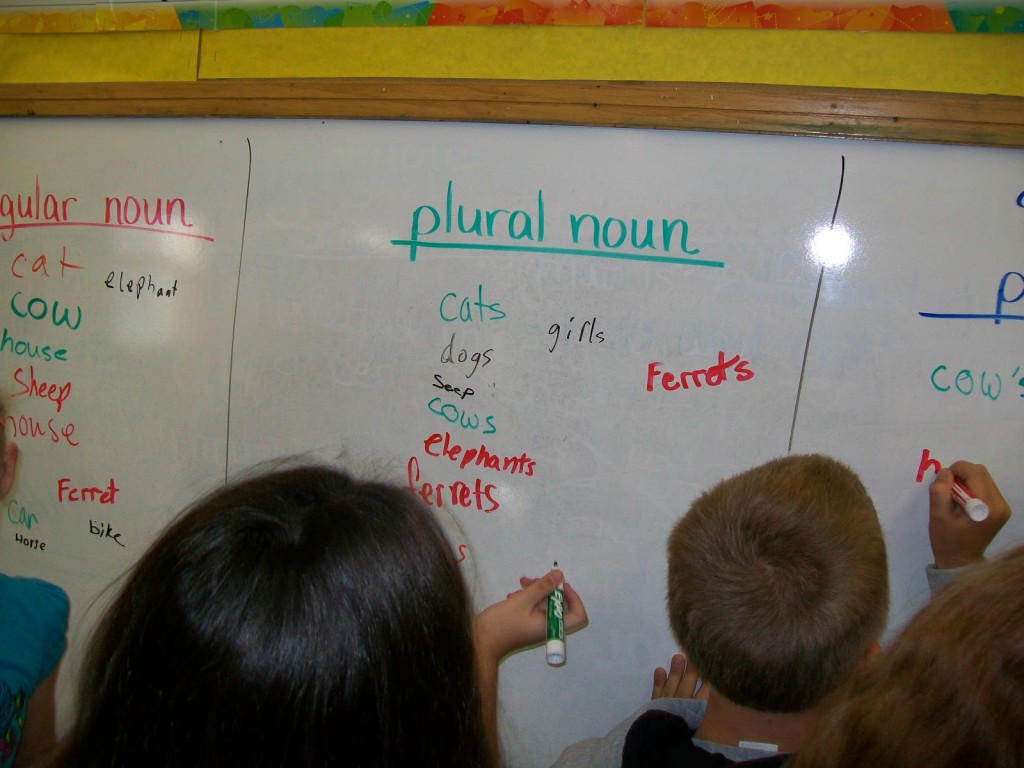Teaching Plurals in Speech Therapy
Plurals are grammatical markers that communicate that there is more than one of something, like cats or cookies. Children who aren’t using these correctly haven’t yet acquired all the rules of English grammar. Plurals are frequently a target in speech therapy for a few reasons: they can be irregular (mice), they are often omitted all together (I have two dog) or they can be mispronounced (using a /s/ for a /z/ sound at the end of a word), giving therapists a lot to target. Here’s how:
Receptive Tasks for Understanding Plurals
Read books with focused stimulation on plural markers as a model, adults can read and emphasize the final /s/ sounds and irregular plurals in books. Many books that involve counting (one apple, two apples, three apples) are great for modeling and highlighting plurals. During reading, you might also consider asking questions such as, “Can you show me two dogs?” and ask the child to listen and point to the correct picture. Great books for these tasks include:
- The Wheels on the Bus (wipers, wheels, mommies, babies)
- Apples and Bananas: Going Bananas with Pairs (apples, bananas)
- The Very Hungry Caterpillar (strawberries, oranges)
- One Foot, Two Feet (irregulars like feet, mice and oxen)

Source: http://elenamarieslp.wordpress.com
A direction following (“find three pigs”) game might also be fun in supporting good listening skills and discriminating between singular and plurals.
Expressive Tasks to Elicit Plurals
Plurals in speech therapy can easily come up in conversation, during play or while reading, provide the child with the opportunity to “fill in” the correct plural within a sentence. For example, while getting dressed you might say, “Here is one shoe, oh now we have two __.” An expectant pause will clue the child into their turn to complete the sentence.
Fun therapy tasks could include
Cooking or setting the table. Count the ingredients, foods or places as you go along, such as three eggs, two cups, five forks etc.
- Crazy Mr. Potato Head. Instead of the traditional, gatherer pieces from multiple potatoes so you have extra eyes, lips, mouths etc. Then use two die, one with numbers an another with body parts. Roll them both and make a wacky Mr. Potato Head.
- Play I Spy. Expectant pauses can also work with I Spy Search for multiples of items in the environment and give a clue using numbers and then a pause, such as “I spy two ___.”
- Use a memory game. Before and after each player gets a match with two of the same item, they should state what they see and how many, such as “One cow, two cows.”
Great board games to play include
- Caribou Island (look for and say plural shapes, animals and objects)
- Candyland (name the multiple color cards, like two reds)
- Hungry Hungry Hippos (count the number of balls eaten by each hippos
Sing Songs
- Any song with counting will do, but also use an expectant pause if you’d like the child to “fill in” the lyric. Examples include:
- Five little monkeys
- The wheels on the bus
- Five speckled frogs
Use an iOS app




